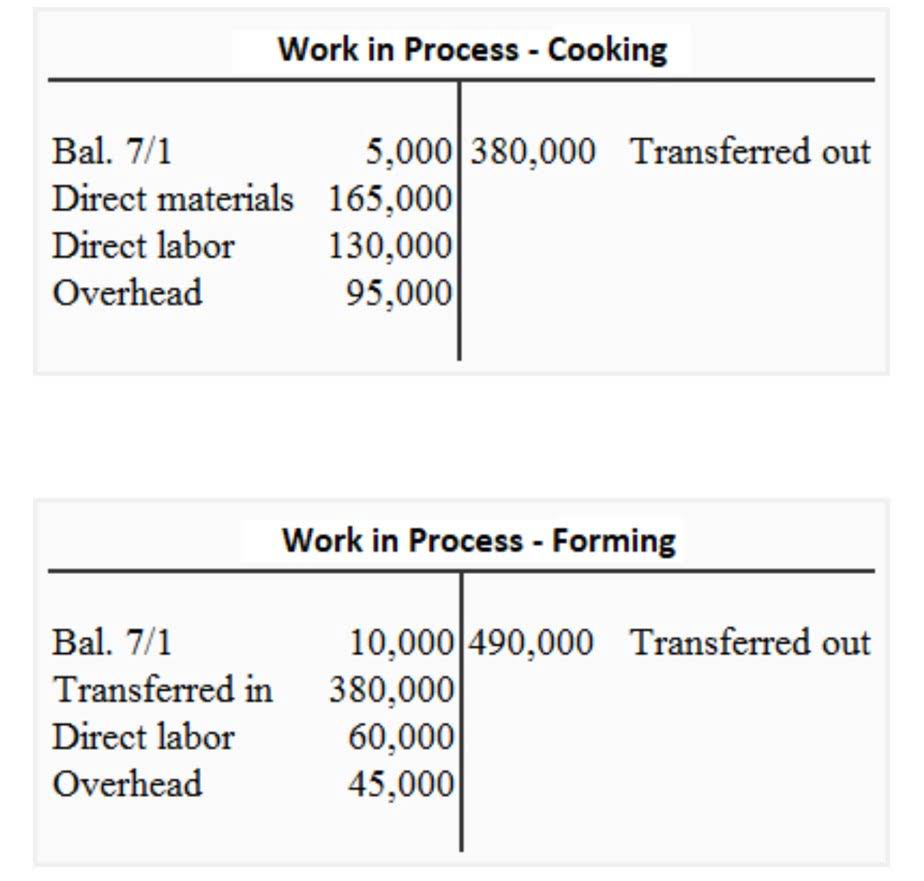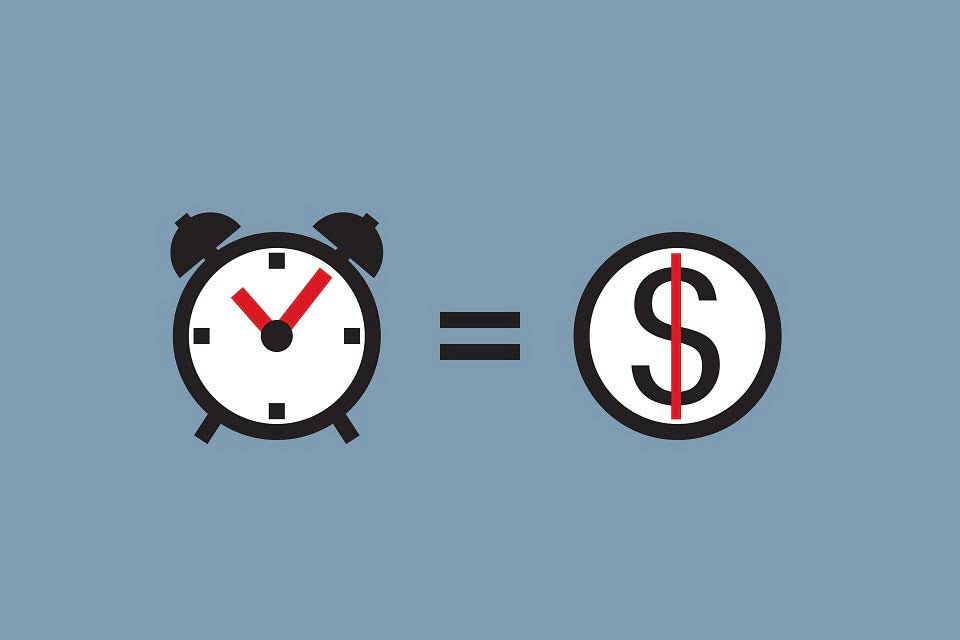
Net sales refer to the total revenue your business generates as a result of selling its goods or services. This means that you can reduce your selling price to $12 and still cover your fixed and variable costs. That is, fixed costs remain unaffected even if there is no production during a particular period. Fixed costs are used in the break even analysis to determine the price and the level of production. Contribution margin is used to plan the overall cost and selling price for your products.
How do you find the contribution margin per direct labor hour?

Direct materials are often typical variable costs, because you normally use more direct materials when you produce more items. In our example, if the students sold \(100\) shirts, assuming an individual variable cost per shirt of \(\$10\), the total variable costs would be \(\$1,000\) (\(100 × \$10\)). If they sold \(250\) shirts, again assuming an individual variable cost per shirt of \(\$10\), then the total variable costs would \(\$2,500 (250 × \$10)\). Contribution margin is the remaining earnings that have not been taken up by variable costs and that can be used to cover fixed costs. Profit is http://www.huismanergo.nl/2023/11/07/smart-tools-better-business/ any money left over after all variable and fixed costs have been settled. It means there’s more money for covering fixed costs and contributing to profit.
- On the other hand, contribution margin refers to the difference between revenue and variable costs.
- Thus, \(20\%\) of each sales dollar represents the variable cost of the item and \(80\%\) of the sales dollar is margin.
- Your monthly fixed costs (rent, utilities, salaries) total $5,000.
- Contribution margin is the difference between the revenue and the variable costs of a business.
- For League Recreation’s Product A, a premium baseball, the selling price per unit is $8.00.
How to calculate contribution margin
This means 40% of each dollar of revenue goes toward fixed costs and profit. The result helps you understand how much of your revenue is available to cover fixed expenses and drive profitability. DelegateCFO helps you break down costs, review pricing strategies, analyze product lines, and uncover ways to improve your margin and profitability. It helps with pricing decisions, break-even analysis, evaluating profitability, and determining how changes in sales affect profits. Reduce variable costs by getting better deals on raw materials, packaging, and shipping, finding cheaper materials or alternatives, or reducing labor costs and time by improving efficiency.
Limitations of Contribution Margin Analysis

As a result, the contribution margin for each product sold is $60, or a total for all units of $3 million, with a contribution margin ratio of .60 or 60%. It measures how much of each gym bookkeeping sales dollar contributes to covering fixed costs and generating profit, helping companies analyze cost structure and pricing, and make break-even or profit planning decisions. The higher the ratio, the more each sale contributes to covering fixed costs and profit. Contribution margin (CM) is equal to sales minus total variable costs. Also important in CVP analysis are the computations of contribution margin per unit and contribution margin ratio.
How does a price discount affect CM ratio?
In determining the price and level of production, fixed costs are used in break-even analysis to ensure profitability. You’ll often turn to profit margin to determine the worth of your business. It’s an important metric that compares a company’s overall profit to its sales. However, if you want to know how much each product contributes to your bottom line after covering its variable costs, what you need is a contribution margin. Using this contribution margin format makes it easy to see the impact of changing sales volume on operating income. Fixed costs remained unchanged; however, as more units are produced and sold, more of the per-unit sales price is available to contribute to the company’s net income.
Can I use CM ratio to compare products?
Contribution margin ratio is a calculation of how much revenue your business generates from selling its products or services, once the variable costs involved in producing and delivering them are paid. This can be a valuable tool for understanding how to price your products to ensure your business can pay its fixed costs, such as salaries and office rent, and still generate a profit. The contribution margin ratio is the difference between a company’s sales and variable costs, expressed as cm ratio equation a percentage. This ratio shows the amount of money available to cover fixed costs.

As a result, a high contribution margin would help you in covering the fixed costs of your business. Let’s say we have a company that produces 100,000 units of a product, sells them at $12 per unit, and has a variable costs of $8 per unit. Consider its name — the contribution margin is how much the sale of a particular product or service contributes to your company’s overall profitability. It’s how valuable the sale of a specific product or product line is. In our example, a ratio of 36.97% means that every dollar in sales contributes approximately $0.37 (thirty-seven cents) toward fixed costs.
- Explore every possible avenue, including those with an upfront cost if affordable, knowing that the improvement in efficiency pays off in the long run.
- The contribution margin ratio measures the percentage of sales revenue available to cover fixed costs and contribute to profit.
- When it splits its costs into variable costs and fixed costs, your business can calculate its breakeven point in units or dollars.
- High CM ratios are generally desirable because they indicate that a large portion of each sale contributes to covering fixed costs and profit.
- In general, the higher the contribution margin ratio, the better, with negative numbers indicating a loss on every unit produced.
✅ 1. Break-Even Analysis
Understanding the relationship between variable and fixed costs is critical for accurate contribution margin analysis and effective decision-making. Understanding the distinction between fixed and variable costs is vital when making decisions related to pricing, cost control, and profitability analysis. A mobile phone manufacturer has sold 50,000 units of its latest product offering in the first half of the fiscal year. The selling price per unit is $100, incurring variable manufacturing costs of $30 and variable selling/administrative expenses of $10.
How is contribution margin different from profit margin?
It represents how much money can be generated by each unit of a product after deducting the variable costs and, as a consequence, allows for an estimation of the profitability of a product. Suppose Company A has the following income statement with revenue of 100,000, variable costs of 35,000, and fixed costs of 20,000. The contribution margin is 40% which means 40% of the total net sales revenue generated during the year is available to cover all fixed expenses as well as generate profit for the business. Use contribution margin alongside gross profit margin, your balance sheet, and other financial metrics and analyses. This is the only real way to determine whether your company is profitable in the short and long term and if you need to make widespread changes to your profit models.
Deja una respuesta